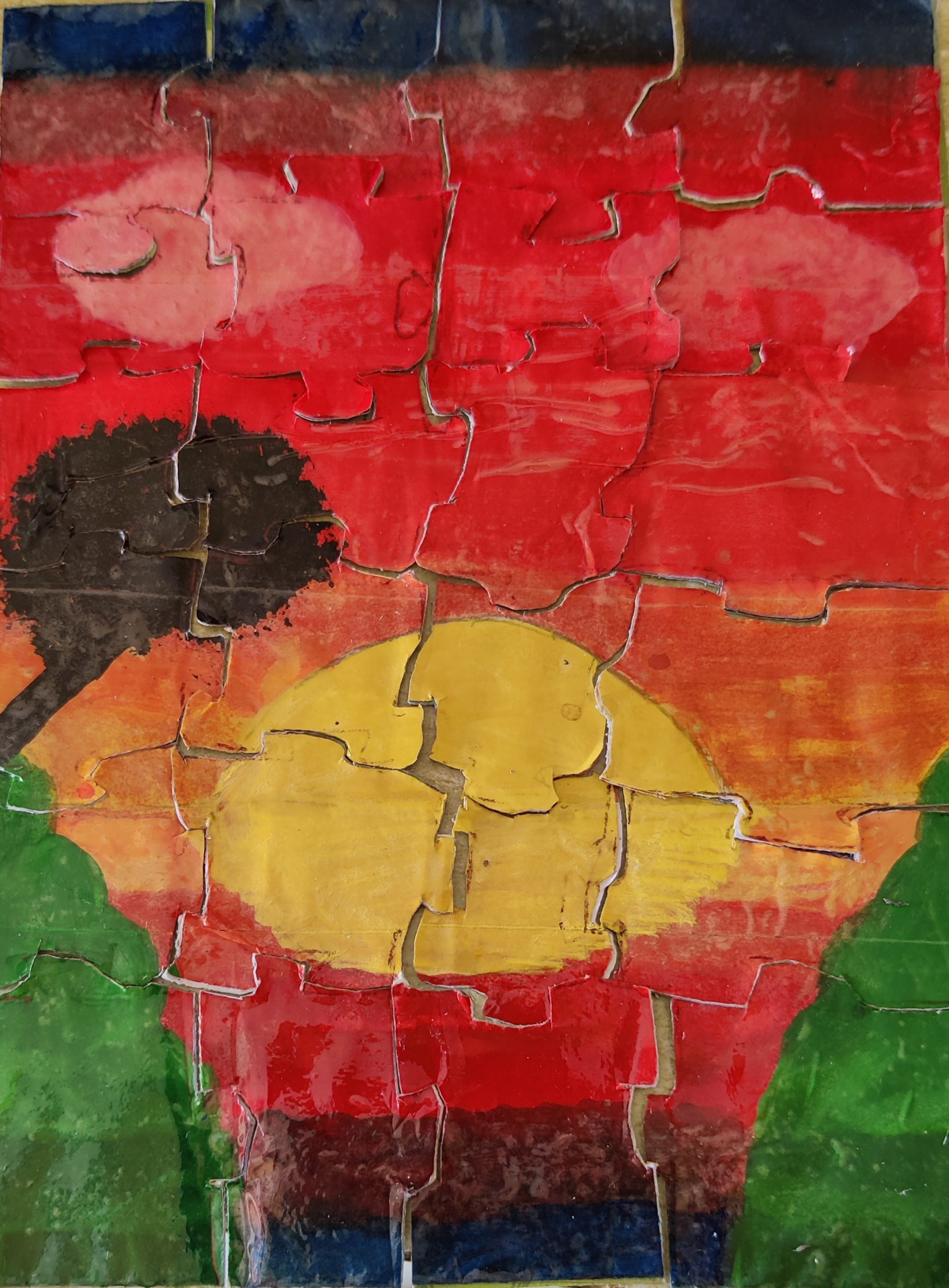Impact of High Court Judgement on Muslim girls


Relying on the literature on Muslim marriages (Article 195 from the book ‘Principles of Mohammedan Law,’ by Sir Dinshah Fardunji Mulla), the Punjab and Haryana high court has held that a Muslim girl who is less than 18 years old and has attained puberty is at liberty to marry anyone as per Muslim Personal Law. The “puberty” means the time when a girl starts her menstruation cycle (and could happen even when the child is 10-11 years old).
Zakir Nayak uses this jurisprudence to justify Prophet Muhammad (PBUH) when he was 54 years old, consummate his marriage with Ayesha(PBUH). She was Nine years old then. He had married her when she was six.
The Child Marriage Restraint Act, 1929, fixes the age of marriage for girls at 18 years and boys at 21 years. It is popularly known as the Sharda Act, after its sponsor Harbilas Sharda.
The Indian Muslims are supposed to be governed by THE MUSLIM PERSONAL LAW (SHARIAT) APPLICATION ACT, 1937”. The law is barely 1-2 pages long and I have pasted section 2 which is the crux of the law.
This rules that Muslims personal laws will be based on Shariat and (in the judgement)has been used to over-rule the Sharda act. This “open ended” law has created conflict with other laws, which has puts judiciary in a quandary – which one should be followed. For e.g., the Shariat says that 3 months after a husband pronounces talaq, he is not entitled for providing maintenance to wife and children where as the CrPC entitles all women for maintenance. In this case (popularly known as Shah-bano case), judiciary put the secular law above Shariat.
What will be side effects of this judgement?
In the past Judiciary has taken progressive stance when adjudicating on matters on personal law irrespective of religion. A big chunk of credit for the law banning triple talaq(talaq-e-biddat) goes to Supreme Court. This judgement however, is a regressive one.
DISCLAIMER: The author is solely responsible for the views expressed in this article. The author carries the responsibility for citing and/or licensing of images utilized within the text.
